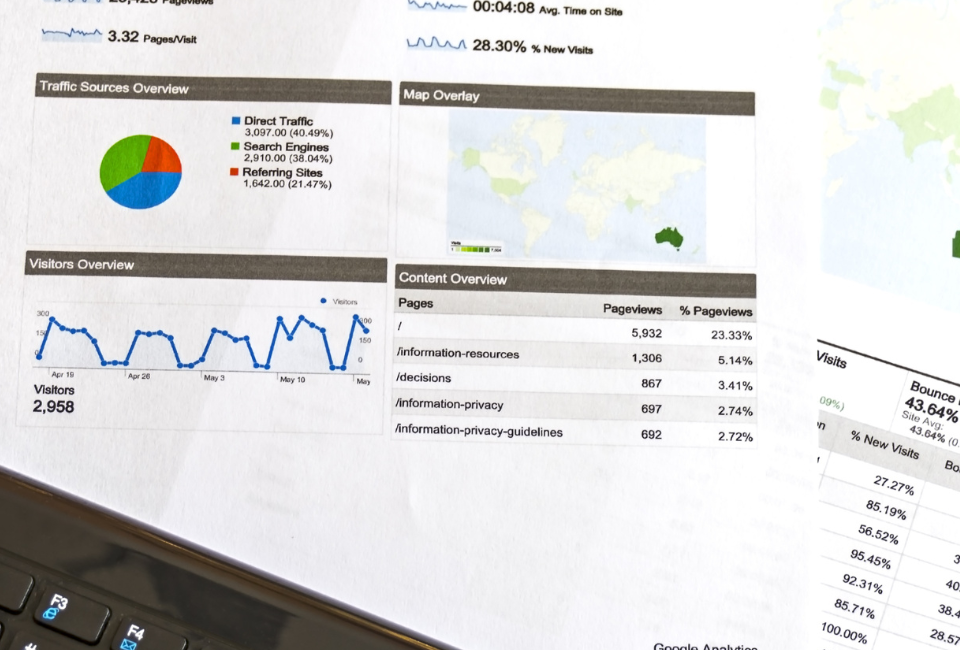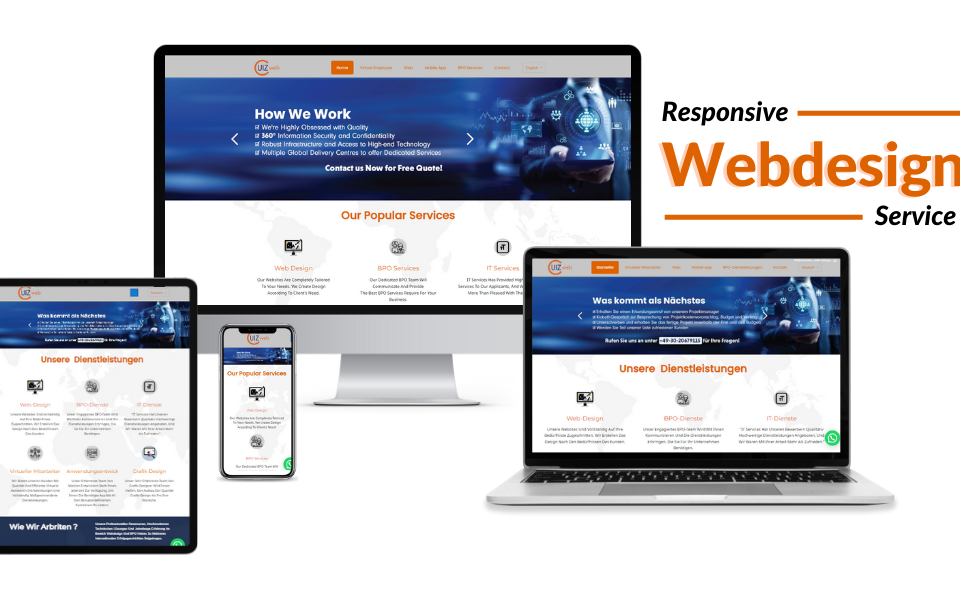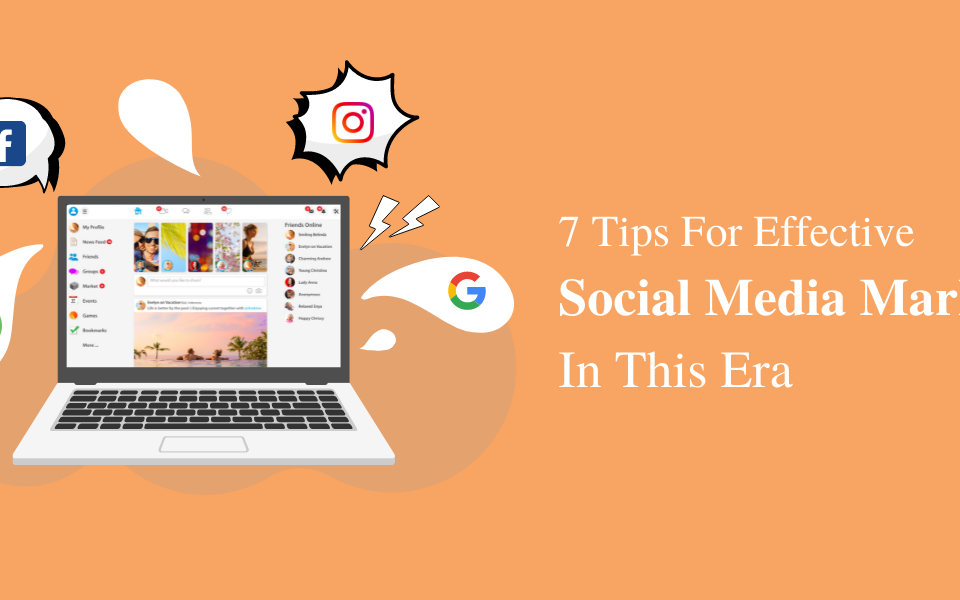Digital Transformation Strategies
August 18, 2022
How to Outsource the best Java Development Service
August 18, 2022Best Java Frameworks for Web Application Development
Nowadays, web developers are one of the most required experts in the IT industry. For that reason, the number of tools, software, and hardware, for them to develop their activity, has also increased and improved the quality in the last years.
Actually, there are several types of frameworks to develop web applications and developers want to work with the best frameworks in the market. This way, they will be able to do their work in the best possible way, be more comfortable and faster develop their applications.
What is Java
Once we know what a Web Framework is, we would like to be focused on Java. This programming language owned by Oracle has proved to be the top general purpose and is the primary language for a huge amount of websites. If your idea is to develop a new application using Java language, you should consider some time for choosing the correct Java web framework to work with. Java is an object-oriented programming language which are designed to be able to have as few implementation dependencies as possible. Moreover, Java code has been developed to be able to run on all platforms that support Java without the need for recompilation. Java’s syntax is very similar to C and C++ but it has fewer low-level facilities.
In a summary, we could highlight that Java is a very versatile and compatible programming language. It has so many uses for software development, developing mobile applications, and developing large systems. It is specially advertised for its fast performance, security, and reliability.
Best Java Web Frameworks
● Spring
● Struts
● Hibernate
● Apache Wicket
● Vaadin
● JSF (Java Server Faces)
● Dropwizard
Spring
Spring is going to be the first Java Web Framework introduced in this article. This software is specially applied in sciences and it is appropriate for a broad range of ingenuities. Several changes have been applied to this framework for it to become a full-scale one. It is very famous among programmers because of its well-developed ecosystem. The main advantage of Spring is the good modularity that allows us to improve the readability of the code. Moreover, it has a simplified injection to test data and flexible use of Dependency Injection.
Struts
The next Java Web Framework we are going to see is Structs. It is a set of interfaces and classes that allows us to develop the base of the web application and to solve particular problems. These services can be provided thanks to the mixed effort from various supporting communities and can also create dynamic responses. The main advantages of Struts are that it provides an internal organization architecture and is constructed in extension, validation, and authentication. Moreover, it allows modular development and integration with additional components.
Hibernate
This one, Hibernate, is one of the best Java Web Frameworks as it is an essential object-relation mapping device for this programming language. It is especially known because it enables developers to write applications more easily. Moreover, it can reduce the development process time in a significant way. Hibernate is especially useful when working with object-oriented domain models and business logic. We could highlight some advantages of this framework, as it enables us to communicate with any database and it has a low risk of data loss.
Apache Wicket
This open-source Java Web Framework allows developers to work with no need to have distorted HTML pages. They only need to know about Java and HTML. It is also characterized because you can be able to build applications really fast. Many developers consider this Java Web Framework as their favourite one. This software provides you with a framework ready to create powerful, reusable components and an object-oriented programming method. The main advantages of this Java Web Framework are that its code is scripted in Java language, is easy to create bookmarkable pages and its constituents have good testability.
Vaadin
The Java Web Framework that we are going to introduce now is Vaadin. It is also an open-source Apache-licensed Java web application. It is well known for being a good framework for developing complex and dynamic internet applications. In addition to this, it features a server-side architecture that provides developers with the capacity to create and deploy rich, dynamic, and interactive interfaces for the web application. As for Vaadin’s advantages, you should know that it can be extended with Google Web Tools as well as it has good integration with the Spring framework. Moreover, it has plug-in support.
JSF (Java Server Faces)
The following Java Web Development Framework is Java Server Faces, also known as JSF. It is a Java net utility that was developed by Oracle. Basically, this is a text document that can have dynamic and static content, that is the reason why it is very easy to utilize. Moreover, there is documentation supplied by Oracle, and Java Server Faces uses server pages of Java that can also support different technologies of Facelets and XUL. On the other hand, it has reusable UI components for server-based applications. It is also considered very similar to the Struts framework. As for JSF advantages, we could highlight that this framework is an important part of Java EE and also very convenient for developers who work with IDE software.
Dropwizard
Now we are going to introduce Dropwizard. This Java Web Framework, characterized by being lightweight, allows you to complete your application very fast thanks to the fact that its advanced configurations are out of the box. As mentioned earlier, it is considered a lightweight framework because it provides Dropwizard’s users with a host of libraries from the Java ecosystem. It is used to develop RESTful web services. We can highlight some advantages of this framework. The first one is that it is an open-source software
Java has become a very popular framework for development and it is used by a lot of developers from around the world. For this reason, outsourcing has become one of the solutions if you want to enjoy Java’s advantages. If you want to know more about our services, please call us at +49-30-20679115.




